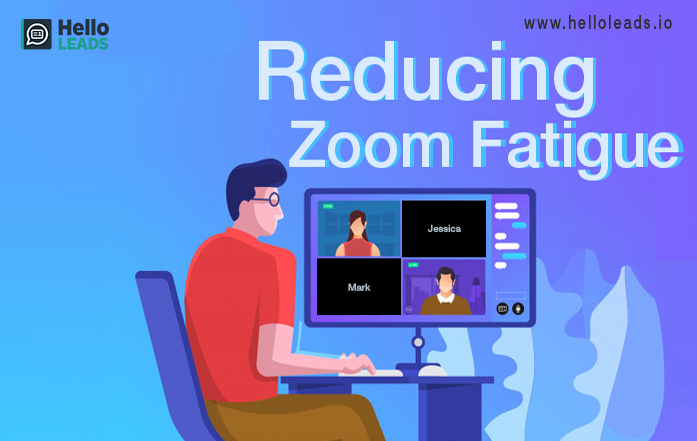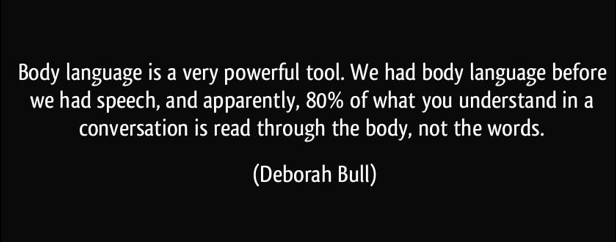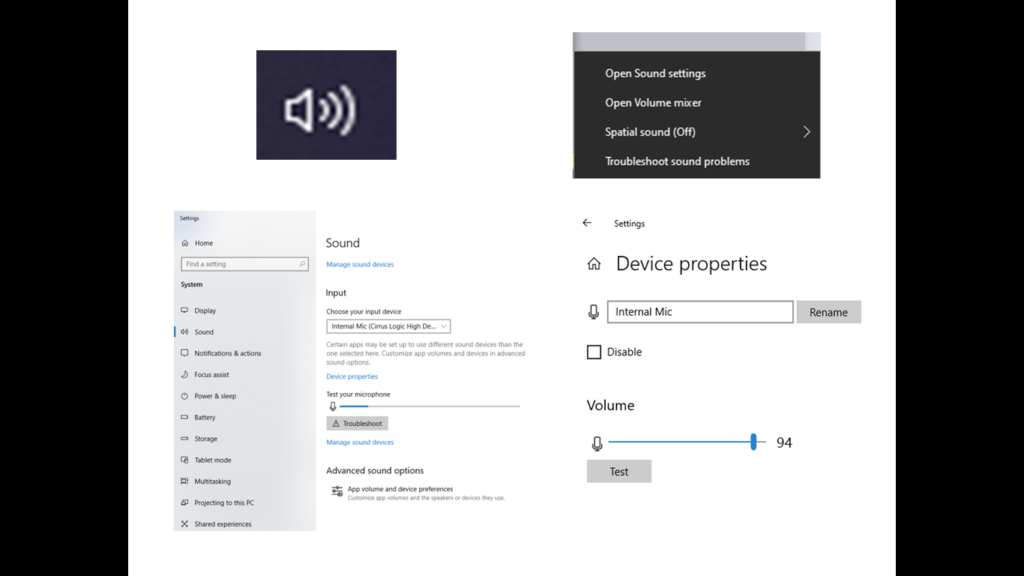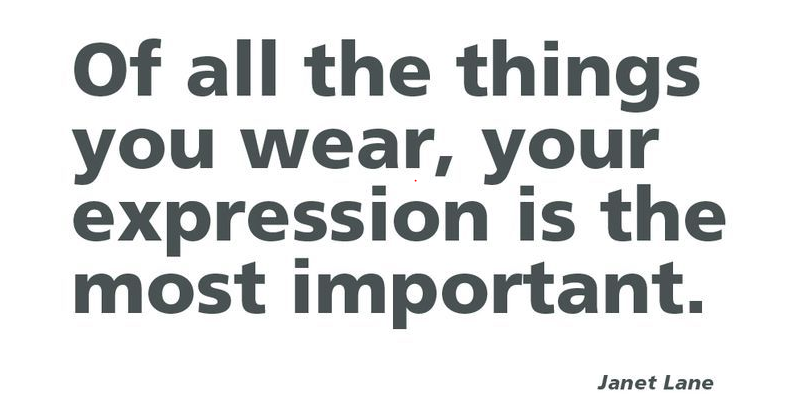
With the onset of the COVID-19 Pandemic, most of us are locked down and are glued to zoom and other video conferencing apps and screens more than ever.
What makes zoom and video calls different from face-to-face communication?
“The most important thing in communication is hearing what isn’t said”, said Peter Drucker.
At office, when we interact with our colleagues, our communication is 20% verbal and the remaining 80% is non-verbal. Gestures, facial expressions, eye contact, and so on form part of non-verbal communication.
When we are on zoom and other video meetings, we already miss many of the non-verbal parts of communication.
In addition, most of us tend to switch off the videos making the non-verbal part to hit a zero. This means, you may be missing the 80% of the communication and it may induce stress on you and others in understanding your thoughts, feelings and emotions about a given subject being discussed.
Being on a video call requires more attention than the usual face-to-face interactions. You also spend more energy to process the non-verbal part – facial expressions, tone of the speaker, etc.
Also, there are other problems like when someone starts speaking with his mic muted – happens all the time! Then you shout and tell him or her that the mic is muted.

And for some people, when they speak, the audio is not clear. Again, you shout out and say that you are not able to hear them and they adjust the mic or bring it closer for better audio.
Silence is easy to understand when you are in a face-to-face communication. In fact, silence and facial expressions communicate more than what we speak. Being silent in a normal conversation creates a natural rhythm that adds to effectiveness of communication.
However, when someone is silent during a video conferencing, you are not sure if he or she is intentionally silent or if there is a problem with technology. There could be frozen screen and drop of audio due to poor internet connections. Studies show that if you are going to be silent in video conferencing, the speaker will perceive you negatively and will think that you are less friendly, less focused or not interested in the subject being discussed.
When we are in a video conferencing, we know that everyone is watching us. It is like being on a stage and giving a talk. Many of us feel a bit uncomfortable and switch off the video part and keep the mic on mute. Then it becomes more like listening to a Radio program!
Also, some of us are conscious of how we look, what clothes we are wearing and what is in the background. We are also conscious of people online as well as people at home – making the communication complex and stressful.
Zoom calls are not like watching a television. Watching television is easy. You can get distracted any time. You can walk out any time and comeback. But in zoom calls, you need to pay attention to 20 others on the screen and all the 20 others are watching you. Again this creates stress.

Here are quick ways to keep the stress levels low and reduce zoom fatigue:
1. Make sure you have good place, a separate room or cosy corner which does not have too much disturbance.
2. Make sure the background is a wall or plain background.
3. If you are concerned about the background of your room or if you don’t want it to be visible to others, you can use the ‘set background’ option available in zoom and set up an image of your liking as your background.
4. Dress up in comfortable and presentable dress so that you can come on video any time even on a short notice.
5. You can switch on video and mic and actively participate in the meeting as frequently as possible. Do not go into silent mode.
6. Make sure your computer audio settings are okay and properly set. For example, you can make sure to set the mic volume at 90%. If it is say, 40%, the volume of your audio for others will be low. Here is how we can change mic volume settings.

7. If you feel uncomfortable, thinking everyone might be watching you, remember that you are not watching the rest of them and their backgrounds. Similarly, no one would be bothered about others, since everyone would probably be worried about themselves and how they look.
8. Chill, kick that stress away. Happy video conferencing!













Nice guidance for today’s context and very useful